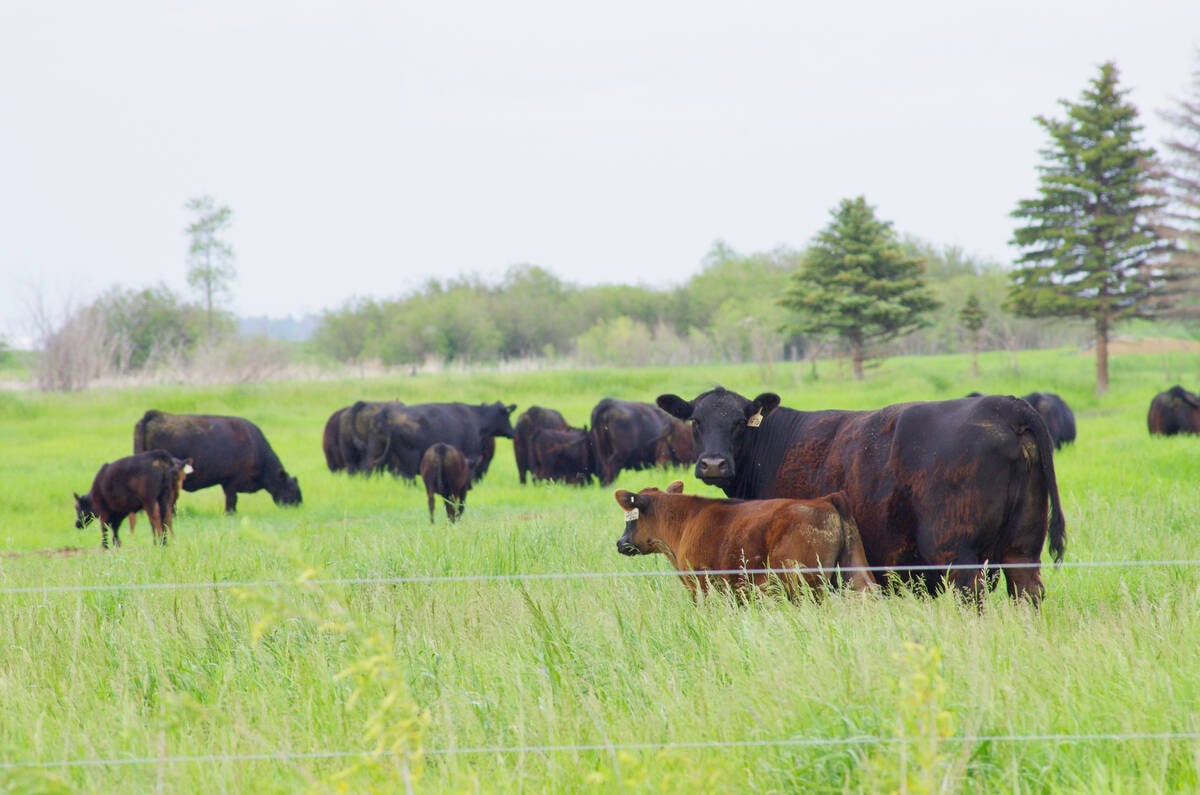What will it take to build beef sector resiliency amid and following a pandemic?
The answers depend on who is asked, and several people in the beef industry were asked during a July 23 panel discussion organized at the Ag in Motion Discovery Plus event.
For Bob Lowe, co-owner of Beartrap Feeders and current president of the Canadian Cattlemen’s Association, resiliency depends on improved consumer awareness and improved business risk management programs.
“What we need going forward, I believe, is to reinforce consumer perception that the food chain is safe and it’s there. They aren’t going to run out of food,” said Lowe.
Read Also

Tick research from the University of Manitoba focuses on insects and testing
Manitoba researchers are looking into the effects of tick and fly disease in cattle.
“And we also need governments to strategically invest in the agriculture industry, in the cattle industry and maybe as far as cattle are concerned, we need some business risk management tools that actually work for the cattle industry.”
Illness among processing plant workers was a major hurdle for Cargill, said the company’s vice-president of operations Jarrod Gillig. The pandemic itself was unexpected but in the case of the High River plant, lessons were learned from United States facilities where the virus struck sooner than it did in Canada.
That enabled it to implement safety measures faster than might otherwise have been the case. However, it did have to close for two weeks, in part to implement those measures. Hundreds of workers were ill with the virus and two of them died from it.
Gillig said the High River plant will expand within the next six months to improve worker safety through greater separation.
Cargill officials are also considering how to service a changed food service sector. Drastically reduced restaurant patronage has changed the number and type of cuts needed, he said. Capacity has to shift to better suit retail needs.
In the restaurant trade, Trystan Halpert of Chop Steakhouse and Bar said the chain lost “a large chunk” of guests because of the pandemic and distancing restrictions continue to limit seating capacity. That means fewer guests and lower profits.
Changing protocols and differences by province have proven a challenge, he said.
“We’ve moved faster than we’ve ever moved before when reinventing what we do for our guests,” said Halpert.
He hopes for a return to “normal” within five years and resiliency will depend on restaurants’ ability to make diners feel safe and comfortable.

















